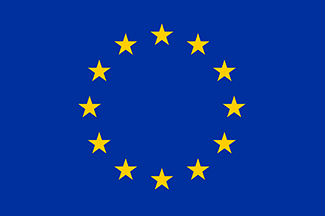
In these times of fragile and moving borders, social and political shifts, and rapid climate change, looking into the past can bring much-needed insights into large-scale, long-term trends in social systems. The Roman Empire is a case in point as its centuries-long history enables us to track the evolution of large complex political-economic-administrative structures in the face of social and environmental transformations.
In this project, I will leverage the increasingly available large digitised archaeological datasets and apply cutting-edge computational techniques, to enhance our understanding of ancient demographics, thus tracking the ups and downs of border communities across centuries. By combining data science, spatial modelling of rural and urban settings as well as High-Performance Computing enabled agent-based simulation I will be able to develop an evidence-based narrative for the population dynamics of two important border regions of the Roman Empire on the basis of archaeological data and gain insight into the sources of resilience and failure of human groups in the past and now.
Project title:
Reconstructing ancient demographics through archaeological-historical data integration and computer simulation: the cases of the Dutch Roman Limes and Roman Palmyra
Area of research:
Agent-based modelling, Archaeology, Complexity Science
Fellowship period:
15 Sep 2020 - 31 Aug 2023
Fellowship type:
AIAS-COFUND II Marie Skłodowska-Curie fellow

This fellowship has received funding from the European Union’s Horizon 2020 research and innovation programme under the Marie Skłodowska-Curie grant agreement No 754513 and The Aarhus University Research Foundation.
